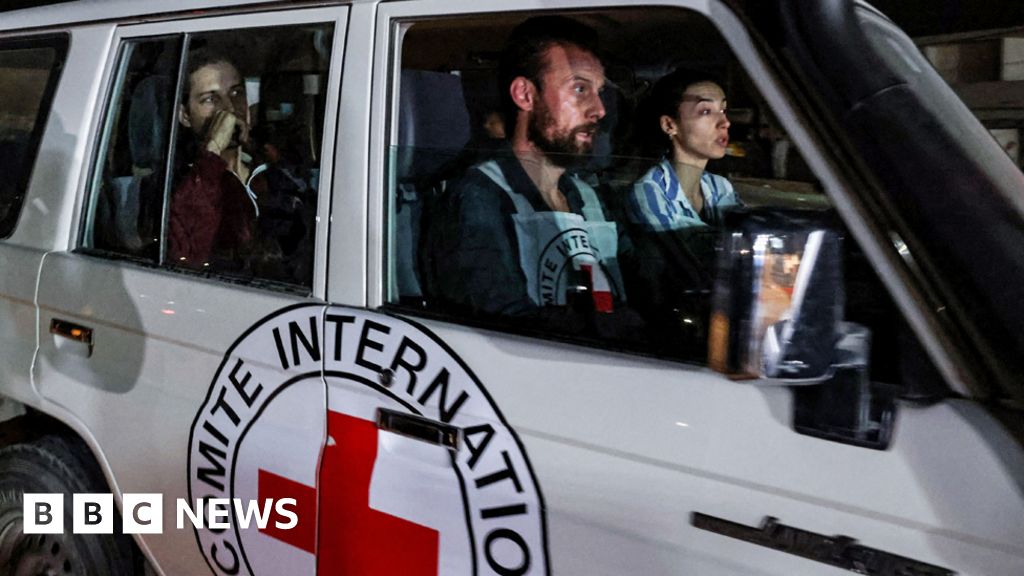Trump’s Shifting Positions
However, it is possible to influence this role. Recent Arab efforts prompted President Donald Trump — who was one of the first to propose a plan to displace Palestinians from Gaza — to backtrack. Moreover, while his administration previously used its veto power to block any U.N. Security Council resolution calling for a ceasefire, even for humanitarian reasons, it later reversed course, imposed a ceasefire and put forward a 20-point plan to end the war.
Trump never believed in the rights of the Palestinian people, either before or after he became president, and called for the swift eradication of Hamas. Two years later, he discovered that achieving this goal would require killing half of the Palestinian people — something the entire world would find impossible to accept.
Although Trump's positions and policies suggest he would be the last leader to be keen on stopping the Gaza war — a man known for his focus on appearances, photo ops and intense narcissism — he nevertheless managed to produce a substantive outcome and impose a comprehensive plan to end the war.
Trump's shifting positions are noteworthy. Before the Sharm el-Sheikh conference, his remarks were consistently general and vague. Additionally, he accused Hamas and ignored the massacres Israel committed in the Gaza Strip. When he referred to civilian casualties, he made it sound as if they had died a natural death or succumbed to a natural disaster, because Trump never once mentioned the responsibility the party that killed them — Israel. Nevertheless, he pressured Israel to commit to the agreement and respect the ceasefire. This has made the situation look like an American event created in Trump's vision.
Trump's plan to stop the war in Gaza came from someone who held no affection for Gaza and showed no sympathy for the Palestinian cause. However, his narcissism and desperate desire to win a Nobel Prize to become a global peace hero drove him to cling to this plan, demanding numerous commitments from Hamas and few from Israel.
The first phase of Trump's plan succeeded and ended the war. However, its second, more difficult phase remains, which will likely face many challenges that it will probably overcome. Yet, the paradox of this plan is that it reflected genuine shifts in Trump's stance, whatever his motives may be.
Trump previously called on Israel to finish its mission in Gaza, and on multiple occasions and in different forms, called for the displacement of Palestinians. In addition, he spoke with the leaders of Indonesia and other countries to welcome Palestinians, and later, he spoke about voluntary migration and allocated funds and resources to carry out this task, before backtracking on both.
Trump's project failed due to Palestinian, Arab and international resistance, leading him to smoothly and pragmatically shift his approach.


